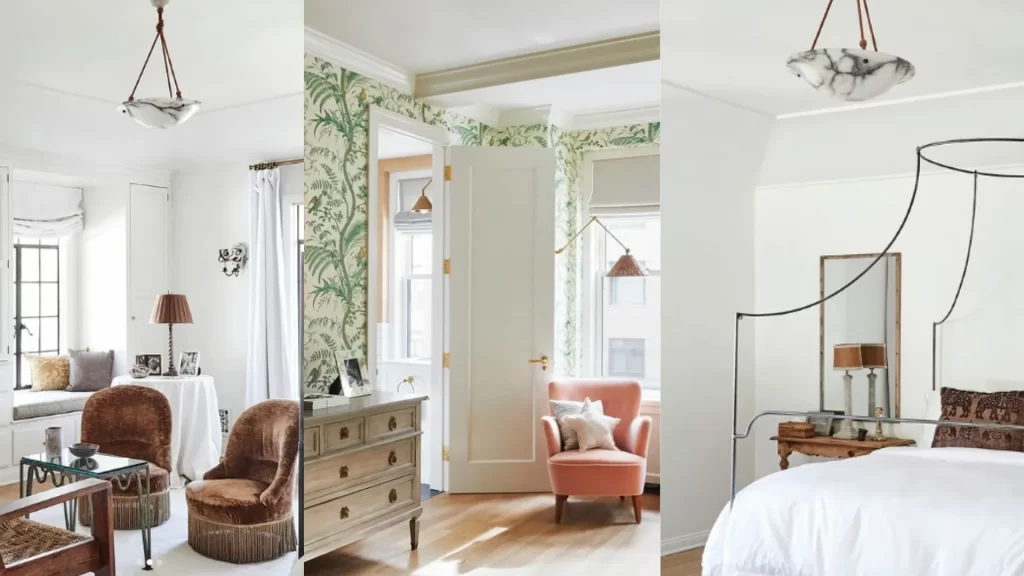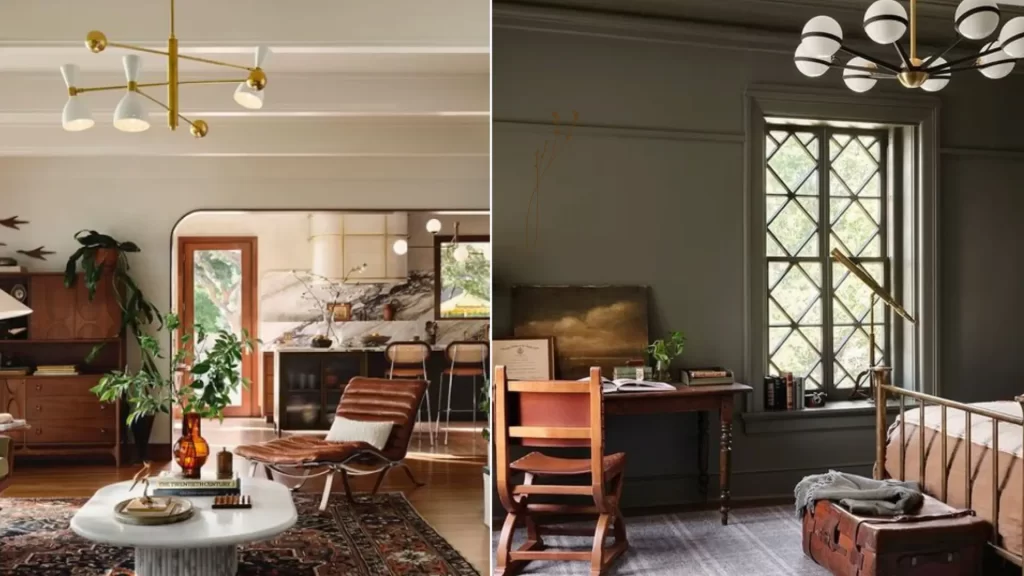Transform your living space effortlessly and inexpensively with the right throw pillows for your couch and chairs.
Dreaming of a fresh look for your living room without breaking the bank or spending hours on renovations? The answer might be simpler than you think: throw pillows. Often overlooked in favor of larger decor items, throw pillows can deliver a surprising style update when chosen and arranged thoughtfully.
If you’re unsure where to start with choosing and arranging throw pillows, you’ve come to the right place. This article covers all the essential tips for selecting and styling throw pillows to give your couch and living space a mini-makeover.
Throw Pillows Essentials: Factors to Consider
Before you bring home those new throw pillows for couch, consider which sizes, shapes, materials, and pillow inserts will best suit your living space.
Size Matters
View this post on Instagram
While 20 by 20 inches might seem like the standard throw pillow size, it’s not a hard and fast rule. Designer Tracy Morris recommends two options: 20-inch pillows for corners and 18-inch pillows to fill the gaps between corners. For square pillows, stick around 22, 20, and 18 inches; anything smaller than 18 inches might look underwhelming on standard or large couches.
Pillow Insert: The Key to a Plump Look
View this post on Instagram
Throw pillows only look their best when they’re full and plump, which depends heavily on the pillow insert. Quality inserts make a significant difference in overall appearance. Also, size up two inches when buying inserts. For example, choose a 22 by 22-inch insert for a 20 by 20-inch pillow cover.
Shape: Beyond the Square
View this post on Instagram
Squares are common, but don’t be afraid to experiment with other shapes. Designer Molly Torres Portnof recommends combining shapes like squares and circles. Lumbar pillows (rectangular) are also popular and offer lower back support.
For traditional spaces, stick to square and lumbar pillows. For more playful areas like kids’ rooms or home studios, explore quirky shapes like circles or custom designs.
Material: The Feel of Comfort
View this post on Instagram
Throw pillow materials range from plain linen to luxurious velvet. Before buying, consider which materials you prefer. Some materials are naturally fluffier and plusher than others. You can choose a single fabric or mix and match different textiles. Opt for fabrics that hold their shape; for instance, velvet will maintain its structure better than cotton or linen.
Styling Your Couch with Throw Pillows
One common question is how many throw pillows to use on a couch. While there’s no strict rule, designers often favor odd numbers. For instance, three pillows look great on a standard-sized sofa. Here are some more tips for styling throw pillows for couch:
Play with Patterns
Patterns and textures add character and dimension. If solid colors feel too plain, liven up your pillows with patterned covers. Choose from organic, geometric, or traditional intricate patterns to match your style and existing decor.
Styling Tips with Patterns
- Layer pillows with the largest or boldest patterns on the outside, followed by medium-sized patterns, and save the most intricate patterns for the center.
- Pair patterned covers with solid covers for balance.
- If your couch is neutral, use maximalist patterned pillows to create a focal point.
- Choose patterns carefully to avoid a cluttered look; aim for cohesion.
Select the Right Colors
Colors can make or break a living room’s aesthetic. Choose throw pillow colors that either harmonize with your existing decor or provide a pleasing contrast.
Color Tips:
- Make sure pillow colors match or contrast nicely with your decor.
- If your decor is already bold, stick to a single color palette for cohesion.
- Limit yourself to three or four colors to avoid a cluttered feel.
- Accent pillows should coordinate with the couch, whether through complementary or analogous colors.
- Draw inspiration from existing decor elements like artwork, curtains, walls, or rugs.
Keep It Proportional
View this post on Instagram
Maintain ideal proportions for a cohesive and beautiful living room. Pillows should look like they belong in your space. Mixing sizes and shapes is great, but it’s important to do it right.
Proportion Tips:
- Measure your couch’s height and depth to determine suitable pillow dimensions.
- Layer pillows from largest to smallest, with the smallest, most eye-catching pillow in the center.
- Experiment with pillows of the same size for a visually pleasing arrangement.











 Don Vandervort writes or edits every article at HomeTips. Don has:
Don Vandervort writes or edits every article at HomeTips. Don has:




